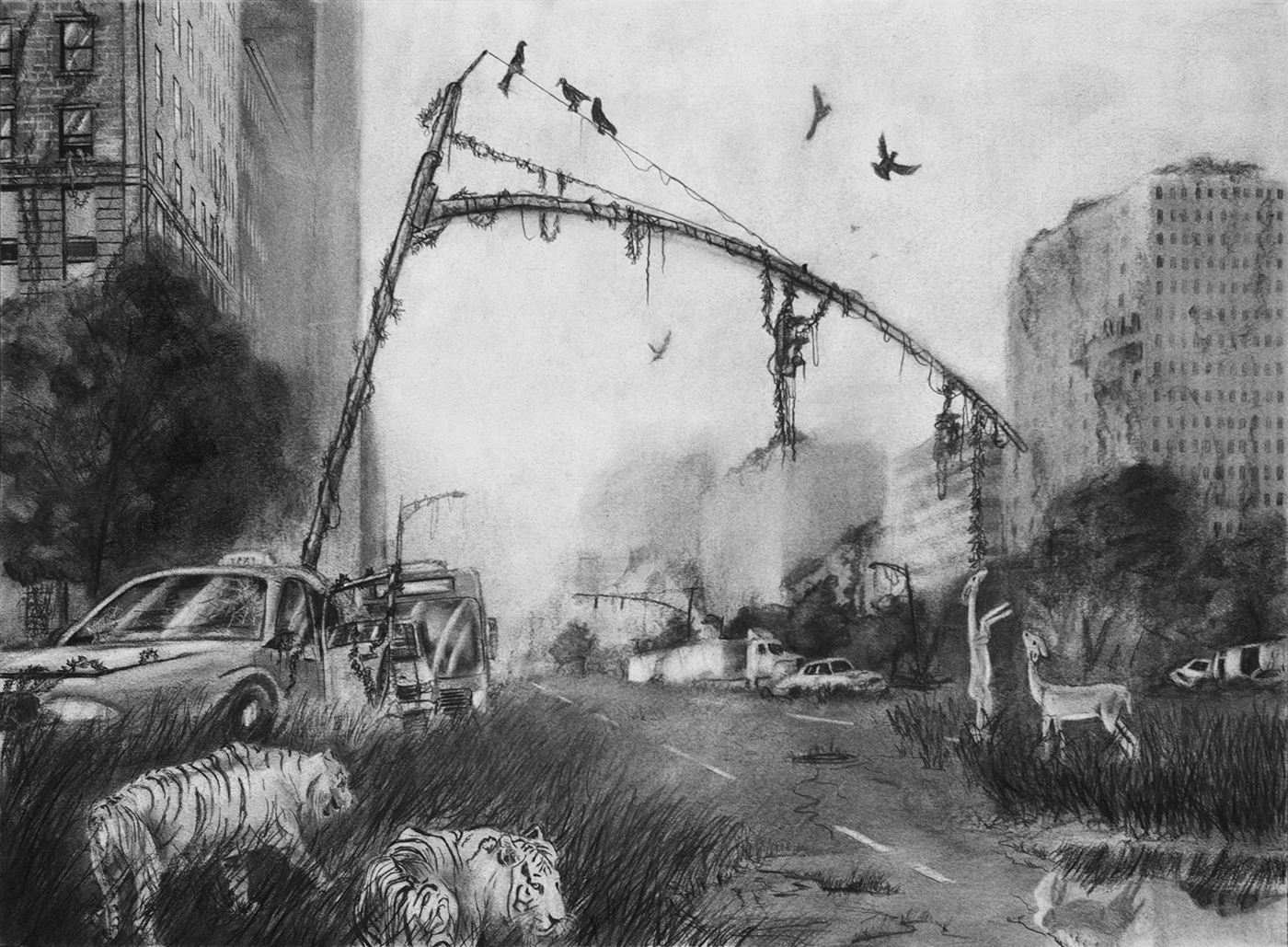

This when Elkmont started to rot away into a mere ghost town in the Smokies. In 1925, the company dismantled the railroad, and in 1926, they ceased logging in Elkmont entirely, looking for lumber in other parts of what is now the park. By 1920, the logging company had pretty thoroughly picked over the forests around Elkmont. | Photo: Anna HiderĪs tourism took off, the logging industry started to wind down. Remove Ads Seventeen of the saved buildings are old resort cabins. The Club built a hotel and sold cottages and cabins to members. This was a social club of businessmen from Knoxville, and Townsend was a member and investor. In 1910, the Little River Lumber Company sold 50 acres of land to the Appalachian Club. The town is on the National Register of Historic Places as the Elkmont Historic District. Even a gruesome 1909 train accident on the route from Elkmont to Townsend attracted tourists hoping to catch a glimpse of the wreckage. In 1909, tourists could take the two-and-a-half-hour ride from Knoxville to Elkmont for $1.95 each way. The tourism industry in Elkmont started small, with an open-air observation car on the back of the logging train. Popular pastimes included fishing, visiting Townsend, or taking in a game from the local baseball team, organized by W.B. Residents worked for the Little River Lumber Company six days a week, and spent their Sundays at church. Soon, Elkmont was the second-largest town in the whole county. Share and plan trips with friends while discovering millions of places along your route. He established the town when he built his band sawmill there.ĭownload the mobile app to plan on the go. The nearby settlement of Townsend is named for W.B. Townsend established the Little River Lumber Company, which took the local logging industry to a massive new level. | Photo: Anna Hiderīefore that, in 1905, a local named Levi Trentham (you can still see his 1845-era cabin today, it was just restored) started selling tracts of land to a businessman named W.

Elkmont proper was formally established in 1907. Lumber from ash, poplar, cherry, and hemlock trees was sent down the river to Knoxville to be processed.

Logging would eventually grow to be a huge industry in town. They were homesteaders, hunters, and small-scale loggers, and they formed a community along the Little River. The first settlers arrived in Elkmont in the mid-1800s. Elkmont is an abandoned resort town in Great Smoky Mountains National Park. This world-class resort community turned ghost town in the Smokies might not look like much now, but it’s where the massive tourism industry in the area got its humble start-and where the movement to create the park was born. The park’s largest campground, Elkmont, is mere steps away from a ghost town, where you can explore the remains of a logging community and two turn-of-the-century-era resorts. You can still experience that special past for yourself. But the park’s rich history and culture were brewing in the hills long before that. The National Park Service established the Great Smoky Mountains National Park in 1934.


 0 kommentar(er)
0 kommentar(er)
